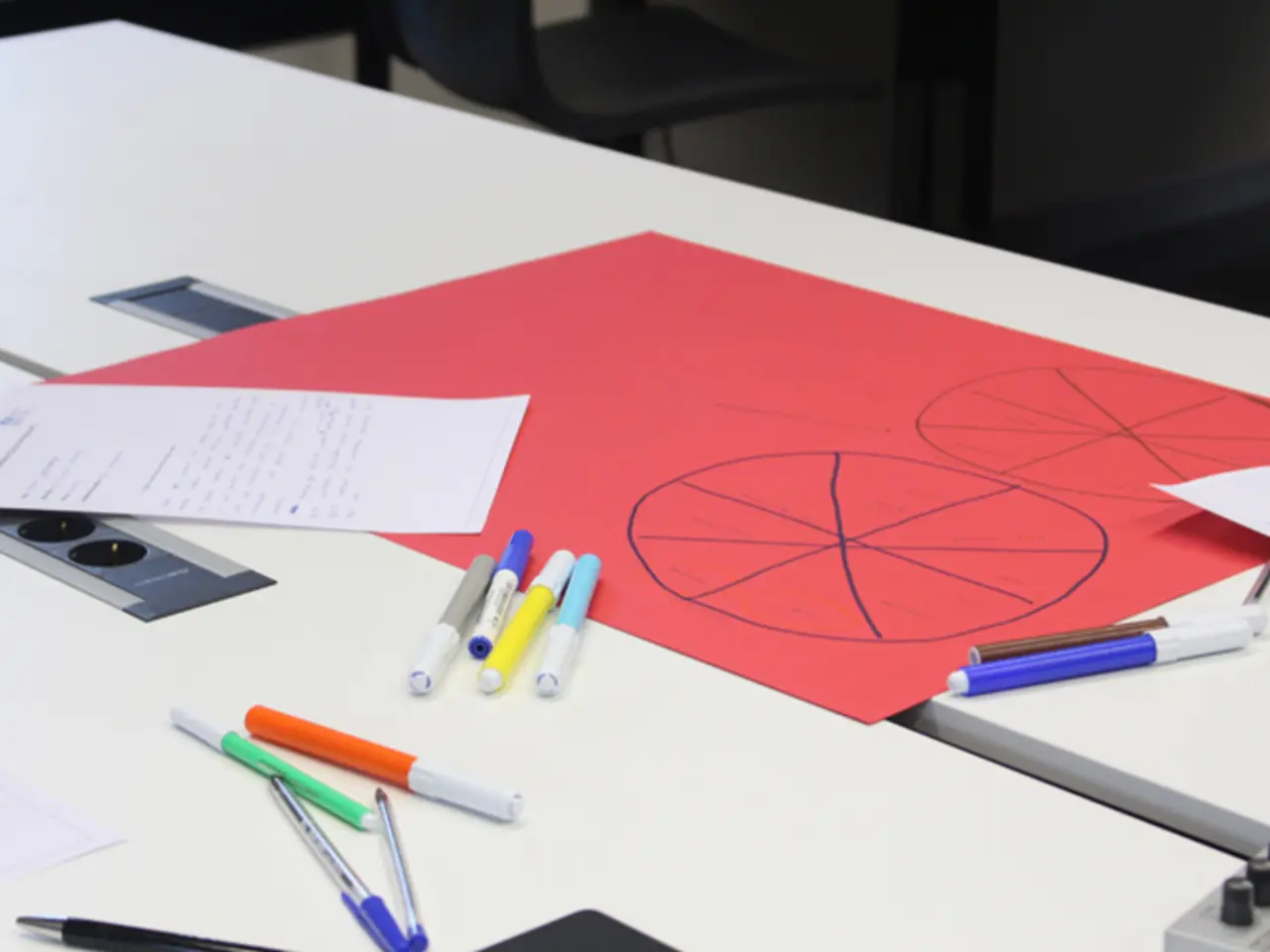Guide for Creating a Statistics Challenge Scale
In the pursuit of enhancing understanding and fostering a deeper exploration of statistical concepts, creating a well-structured and accessible statistics difficulty guide can be highly beneficial. Here's a step-by-step guide on how to craft an effective guide for students or individuals.
1. Gather Information and Understand the Subject
Begin by researching common difficulties students face in statistics. Consult textbooks, educators, online forums, and student feedback to gain insight into key statistical concepts where learners typically struggle, such as hypotheses testing, probability, or data interpretation.
2. Outline Clear, Logical Steps
Break down the topic into manageable sections or concepts, organizing them in a natural learning progression. Start with fundamental concepts like descriptive statistics and progress to more complex analyses like regression or inferential statistics. This helps learners build knowledge step-by-step without feeling overwhelmed.
3. Write Simple, Clear Instructions
Use straightforward language and avoid jargon unless defined. Explain concepts clearly and provide practical examples. Include tips on how to approach problems, common pitfalls, and strategies to tackle difficult questions.
4. Incorporate Examples, Visuals, and Practice Exercises
Visual aids such as diagrams, charts, and graphs can help explain abstract concepts more effectively. Provide worked examples and practice problems with solutions to reinforce learning and allow self-assessment. Incorporate formative questions to engage learners actively.
5. Address Common Challenges and Study Tips
Include advice on effective study habits tailored to statistics, such as setting specific goals, regular practice, reviewing errors, and using supplementary materials or tutoring if needed.
6. Provide Resources and References
List textbooks, online courses, tutorial videos, statistical software tutorials, and forums where learners can seek help. Curate resources that suit different learning preferences and levels.
7. Review and Get Feedback
Test the guide on a small group of students or peers to identify confusing parts or gaps. Revise accordingly to improve clarity and usefulness.
Additional Tips for Creating the Guide
- Use bullet points and numbered lists for instructions to improve readability.
- Incorporate data visualization examples to help with interpretation skills.
- Encourage active learning by integrating questions that require applying concepts rather than passive reading.
- Consider that some learners benefit from a glossary of key terms for quick reference.
Summary Table of Steps
| Step | Description | |---------------------------|------------------------------------------------| | 1. Gather Information | Research topics and common difficulties | | 2. Outline Steps | Organize concepts logically | | 3. Write Instructions | Use clear, simple language | | 4. Use Examples & Visuals | Add diagrams, examples, and exercises | | 5. Address Challenges | Provide study tips and common difficulties | | 6. Provide Resources | Suggest books, courses, and tools | | 7. Review & Revise | Test guide and improve based on feedback |
By following this structured approach, you can create an accessible, useful, and comprehensive statistics difficulty guide tailored for students or individuals aiming to improve their understanding. The guide will be organized by difficulty levels, starting with basic concepts, followed by intermediate topics, and advanced statistical analysis. Solving practice problems allows learners to develop critical thinking and analytical skills, which are crucial for solving real-world statistical problems.
In step 1 of creating the guide, one can gather information about the subject by conducting a survey within the media, including interviews with educators and research on online forums, to identify trends in difficulties faced by students in understanding statistics, such as sampling, probabilities, or data interpretation.
To assist learners in their self-development, step 2 suggests outlining the guide in a structured manner, using statistics concepts as sections, following a progression from fundamental topics like descriptive statistics to complex analyses like regression or inferential statistics, thus enabling learners to grasp concepts progressively without feeling overwhelmed.
To maximize learning effectiveness, step 3 emphasizes writing the guide using simple, easy-to-understand language, offering practical examples, and including clear instructions on approaching problems, avoiding common pitfalls, and strategies for handling difficult questions.
In step 4, it is advised to incorporate various materials to aid understanding, such as data visualizations (charts, graphs, and diagrams) to help learners interpret abstract statistical concepts, along with practice exercises and worked examples with solutions to solidify learning and allow for self-assessment.
Lastly, step 7 emphasizes testing the guide on a small group to identify confusing parts, revising accordingly, and soliciting feedback to improve clarity and overall usefulness.




